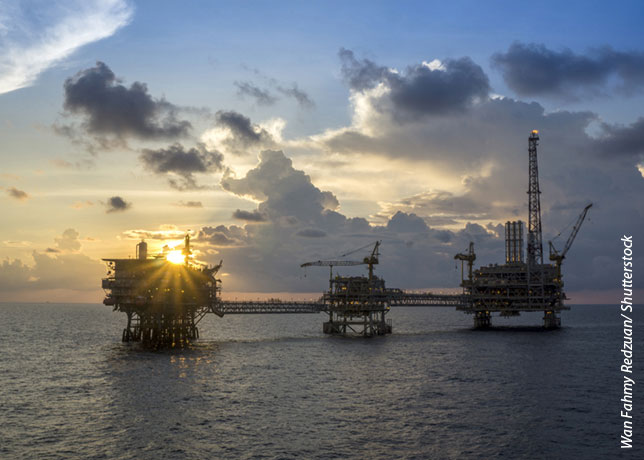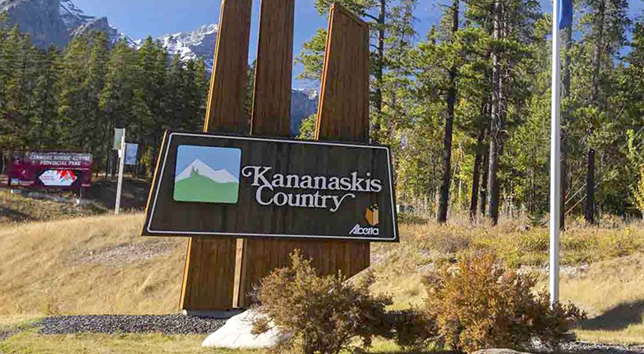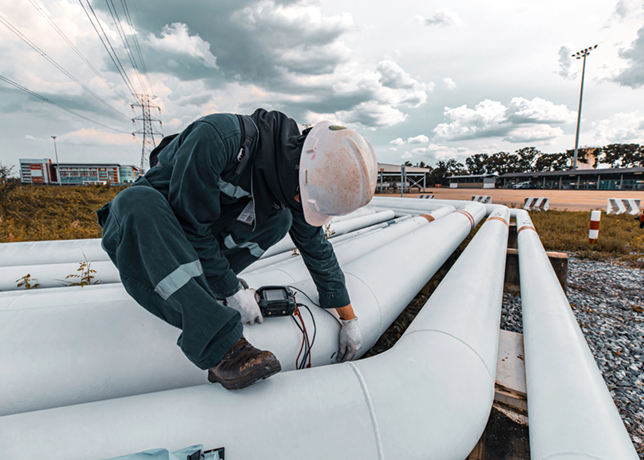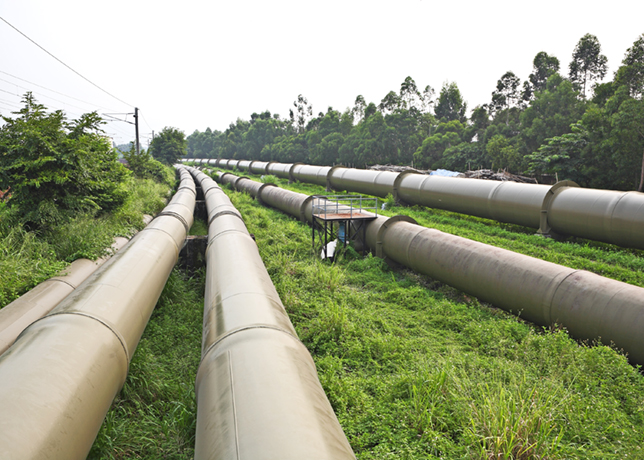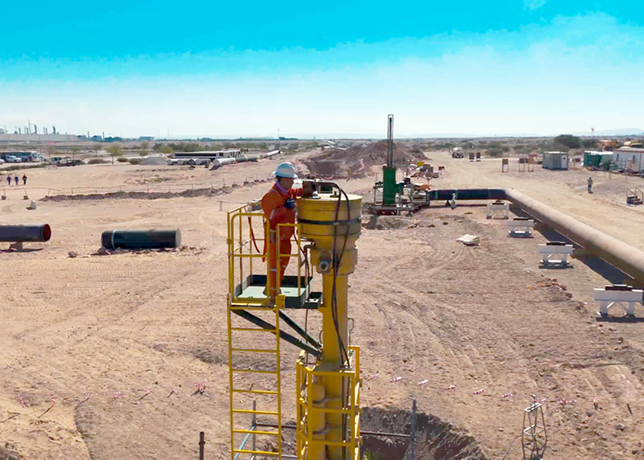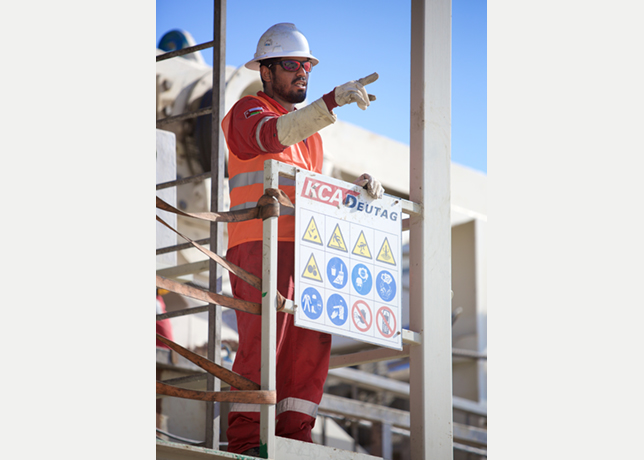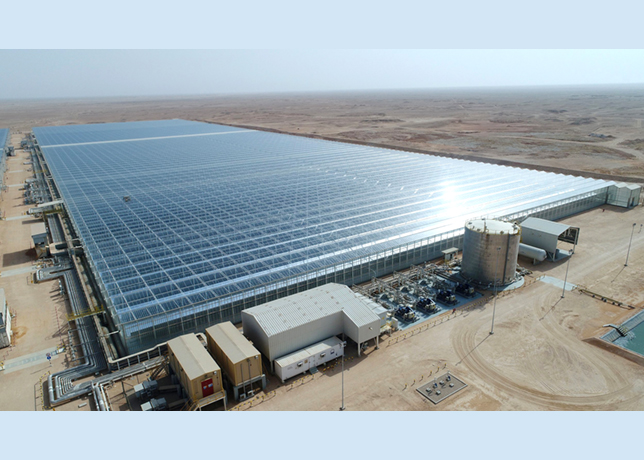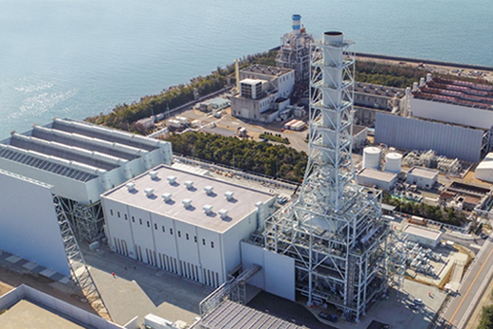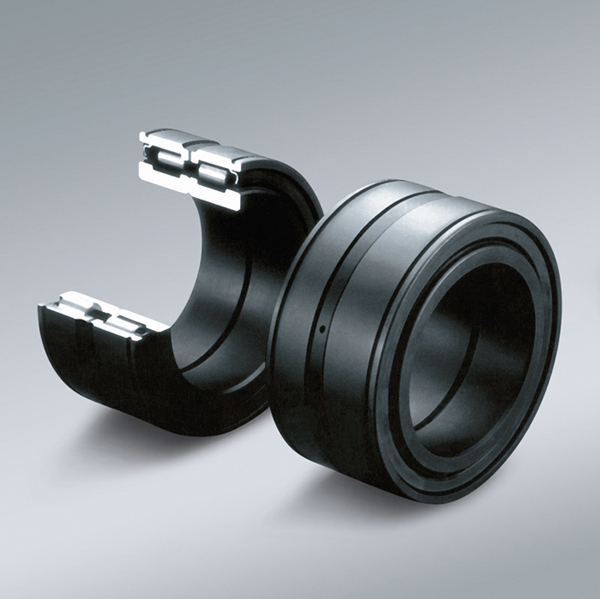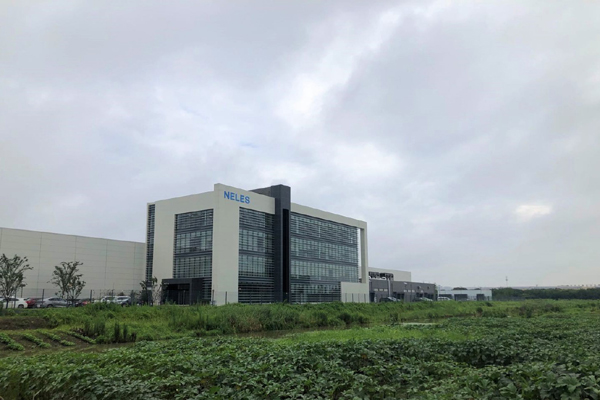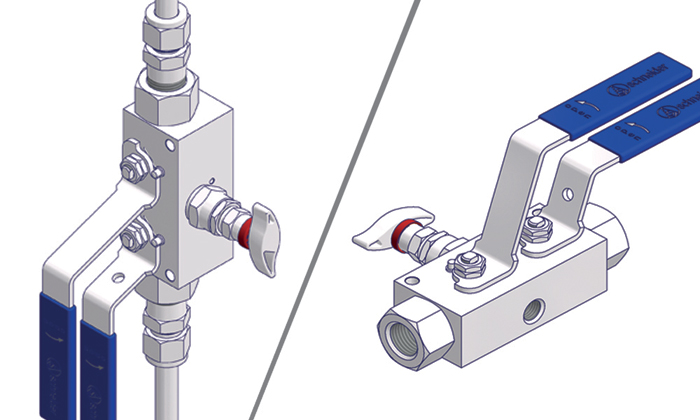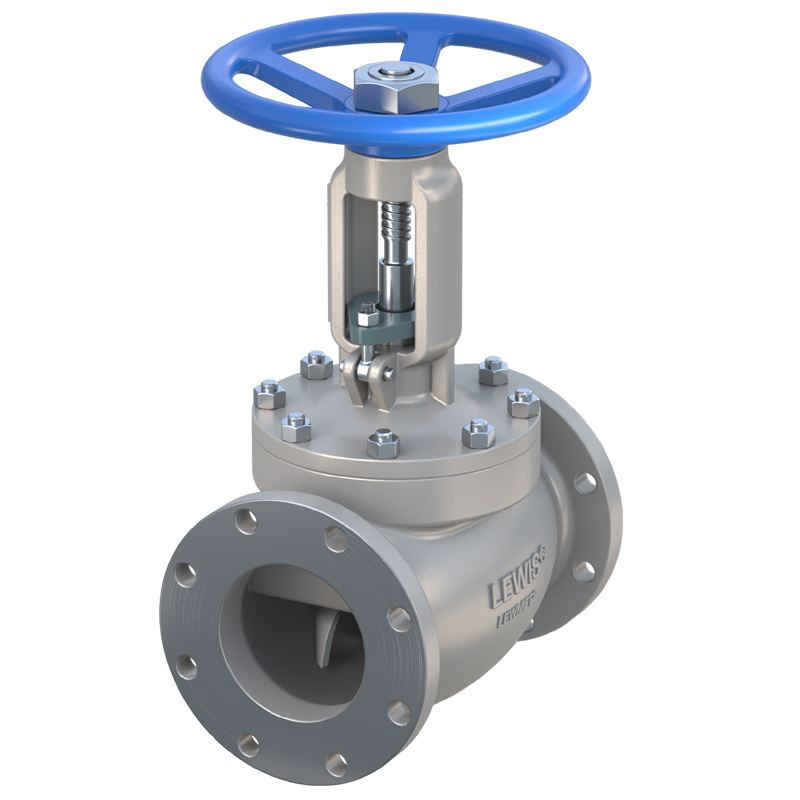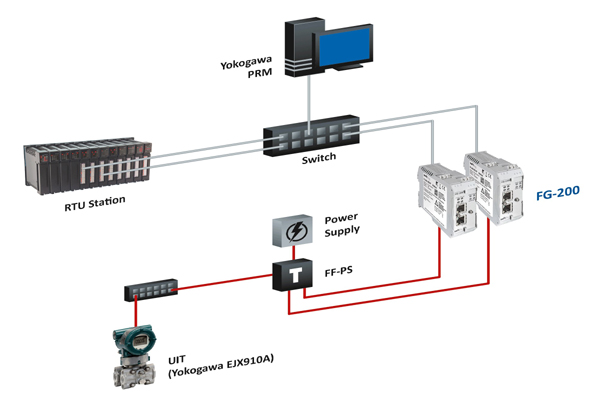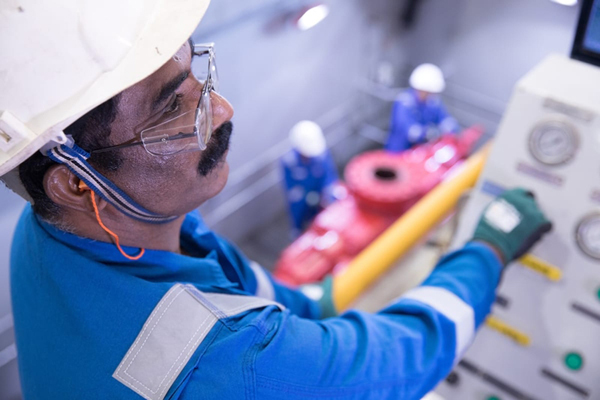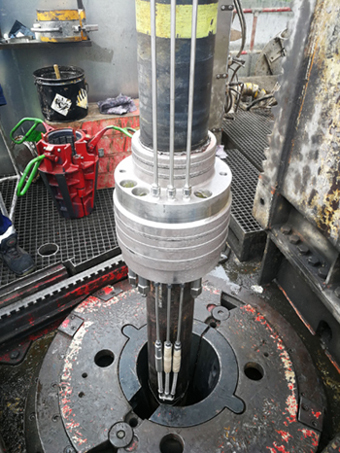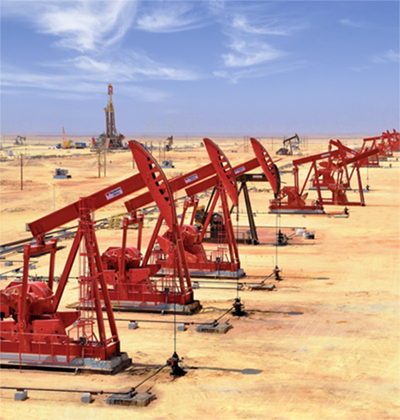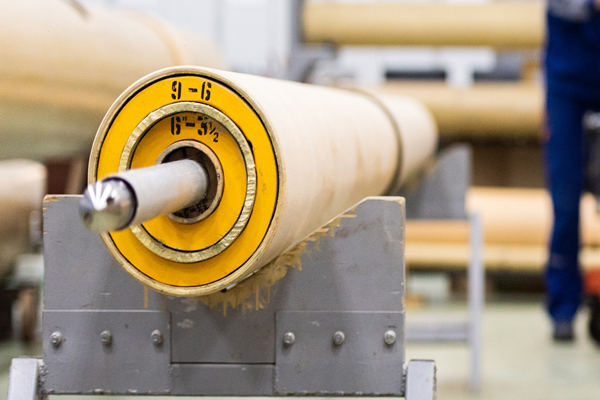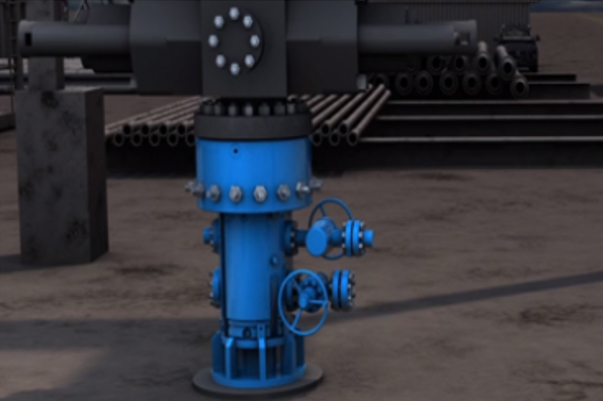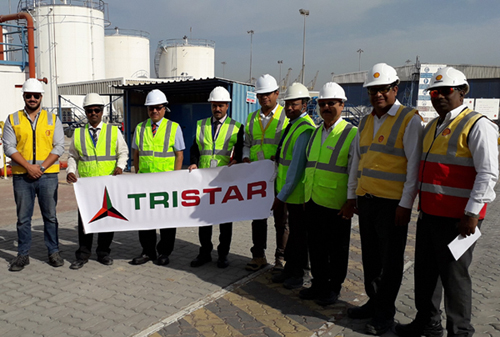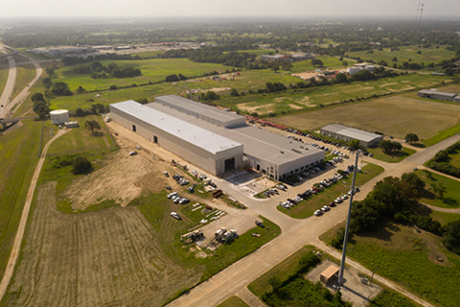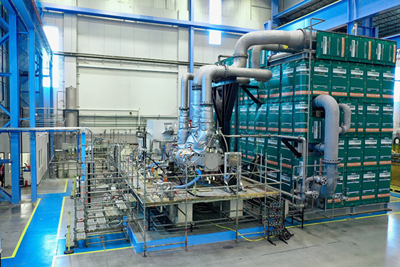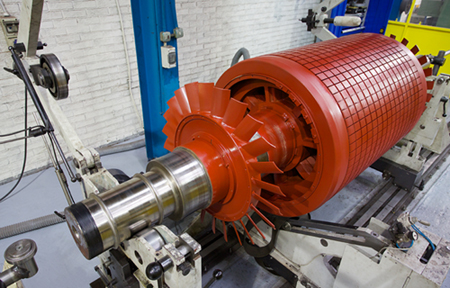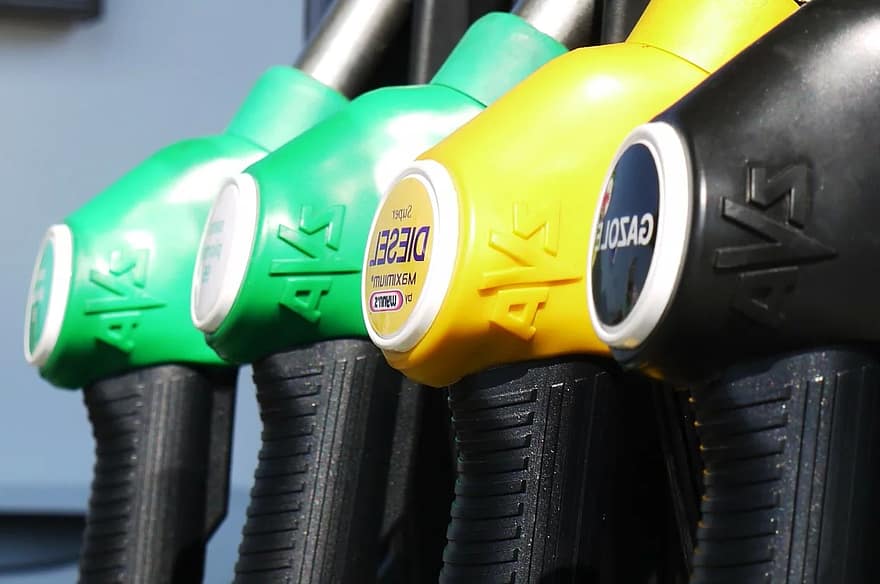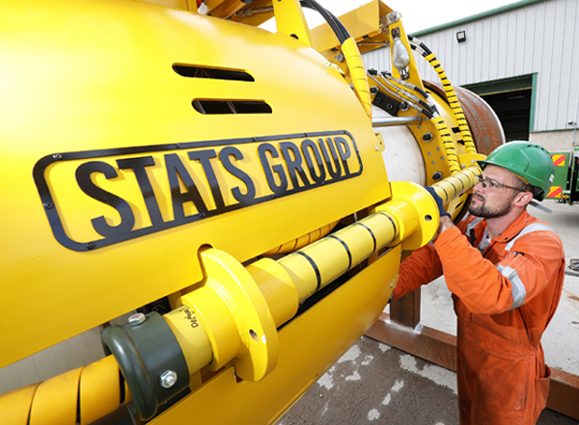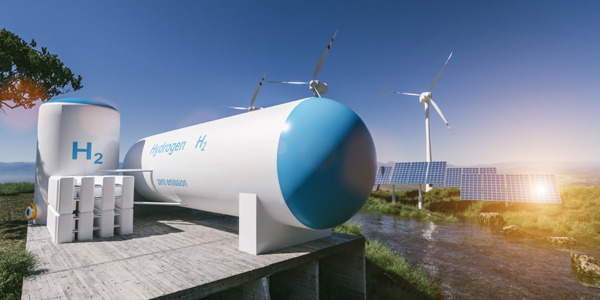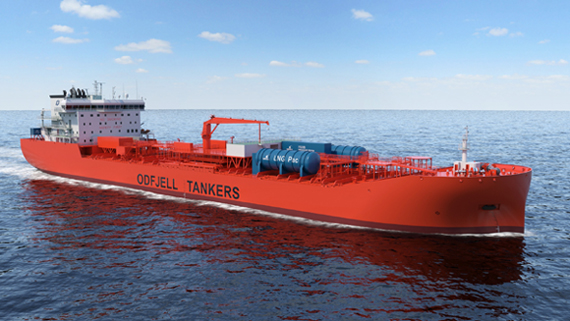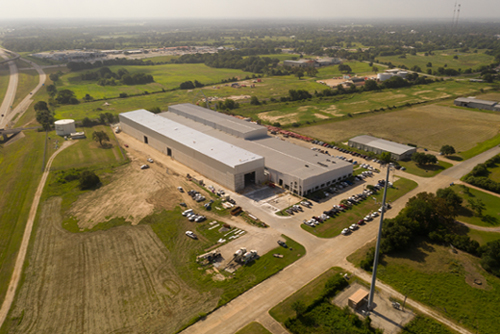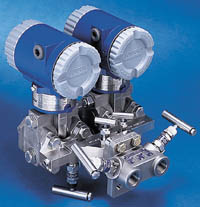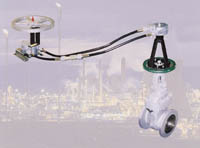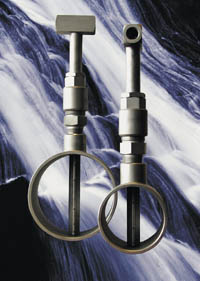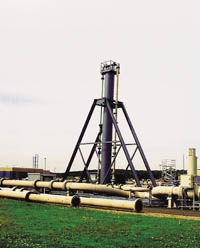
 The structural framework of advantica TechnologiesÕ 15m high SSSV test rig in the UK
The structural framework of advantica TechnologiesÕ 15m high SSSV test rig in the UK
A UK testing facility has played a vital part in an ambitious $100 million project which will bring natural gas from the Norwegian sector of the North Sea to British shores.
Advantica Technologies' test facility has tested and calibrated four 18" class 1500, ultrasonic flow meters used to determine the actual flow rates of natural gas within a 33km, 18" diameter subsea pipeline which will link the Norwegian Heindal gasfield to the British Frigg field and thence to the UK mainland.
The Vesterled project will be operated by Norsk Hydro on behalf of partners Statoil, Elf Aquitaine and Total and will also enable gas from Norway's Oseberg and Huldra fields to be pumped to the UK.
The test station specialises in the calibration and testing, at transmission pressures, of natural gas flow meters and valves used in both offshore and onshore industries.
Advantica also opened earlier this year a new testing facility for Subsea Safety Valves (SSSVs) at the site.
Work varies from the calibration of ultrasonic and turbine meters to erosion testing of choke valves, where sand is injected into the gas to simulate real conditions and accelerate the erosion process, and the evaluation of slam shut valves used in the gas transmission industry. An ever increasing amount of work now involves customers taking full advantage of this unique facility to test and validate pipeline components using actual working conditions prior to costly installation.
The new facility is designed to test SSSVs under the most realistic operating conditions possible by allowing the installation of each valve in the vertical plane with gas flow upwards to simulate the SSSV's orientation in the field. High operating pressures of up to 55 bar (800 psi) and flow rates of up to 20 million cu ft per hour are possible with gas taken straight from the adjacent Transco main and regulated by the site's remotely operated flow control valve downstream of the test rig.
The forces exerted by the hard shut-in of SSSVs, however, required the supporting structure of test rig to be capable of handling thrusts of up to 15 tonnes, so that the 15m high central column of 42" diameter steel pipe is supported by two triangular structural steel frames with staging around the structure to provide access to instrumentation and the SSSV test section. All pipework complies to ANSI Class 600 standards and is configured to allow a 7,000 mm test section to be inserted.














